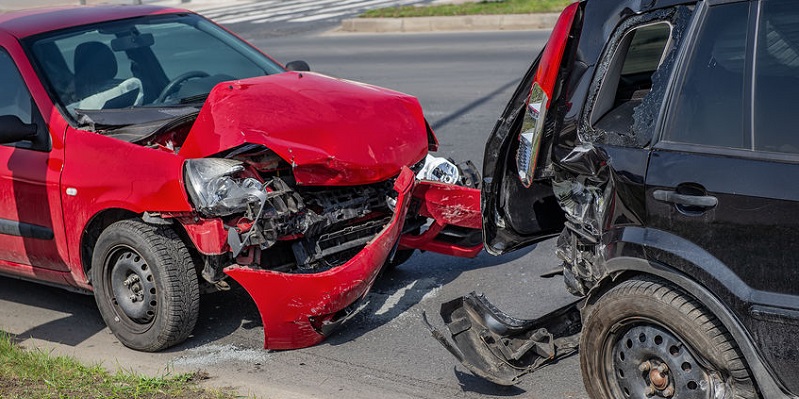About 1.7 million rear-end collisions occur in the U.S. each year, resulting in about half a million injuries and 17,000 fatalities. If you sustained injuries when another motorist rear-ended your vehicle and need help proving fault for the accident, contact an experienced Colorado accident attorney.
Proving Liability Sometimes Not Easy
According to one Washington Post report, approximately 1.7 million rear-end collisions occur in the U.S. each year, resulting in about half a million injuries and 17,000 fatalities. The National Highway Traffic Safety Administration (NHTSA) has concluded that 87 percent of all rear-end collisions happen for one simple reason: The at-fault driver was distracted and wasn’t paying attention to the road.
Proving Liability in a Rear-End Collision
If you were rear-ended by another driver, don’t rest assured that the tailing driver will automatically be found liable. Instead, you should be prepared to prove that the driver was at fault, particularly if the rear driver hit you and then pushed your car into yet another vehicle, resulting in a multi-vehicle accident.
Here are some factors in proving liability in a Colorado rear-end collision:
- Failure to follow the rules of the road. The law requires that drivers maintain a safe following distance in relation to the vehicle in front of them to allow for sufficient time to react, should the lead driver suddenly slow down or stop. Failure to follow this rule will almost always result in liability on the part of the tailing driver.
- Exceeding the speed limit. If liability is in dispute, evidence of the speed that the vehicles were traveling at the time of the accident will often establish that the at-fault driver was driving too fast and following too closely.
- Vehicle damage. If your vehicle sustained rear damage and the other driver suffered damage to the front of his vehicle, this shows that a rear-end collision occurred, but does not automatically prove fault.
- Accident report. The law enforcement personnel investigating your accident will often make a determination regarding the cause of the accident, issue a citation to the at-fault driver, and generate a police report to document the crash. The accident report and the officer’s opinion can be very useful in convincing an insurance adjuster exactly who caused the collision.
- Expert witnesses. If liability is contested, serious injuries were sustained, or if a multi-vehicle accident occurred, an accident reconstruction expert can be hired to reenact the accident by examining the police report, vehicle damage, photographs, and witness statements to help determine who caused the crash.
Responsibility for a Rear-End Accident
While a driver who rear-ends another motorist is often considered to be at least partially responsible for the crash, in some instances the lead driver could potentially be liable, for reasons such as:
- Slamming on brakes for no reason
- Driving recklessly while distracted
- Unexpectedly shifting into reverse after pulling out too far into an intersection
- Failing to maintain a sufficient speed while merging into traffic
- Cutting another driver off
- Stopping suddenly to make a turn but failing to execute the turn
- Lacking brake lights that operate properly
- Failing to pull over to the side of the road or use hazard lights when car trouble arises.
If you sustained injuries when another motorist rear-ended your vehicle and need help proving fault for the accident, contact Dan Rosen, an experienced Colorado accident attorney, for a free consultation to discuss the details of your accident.

